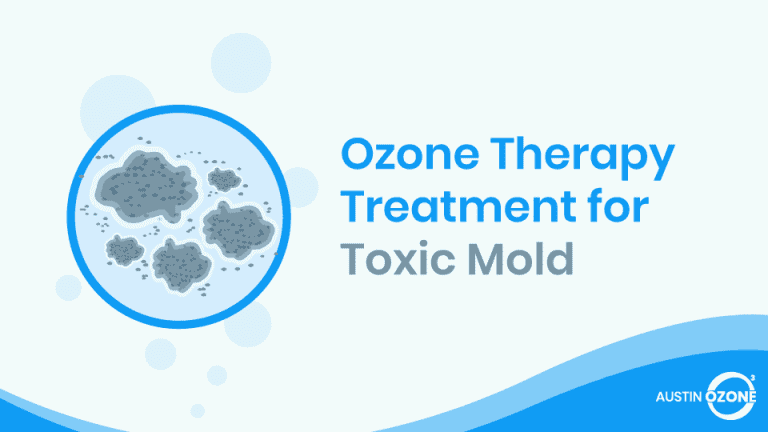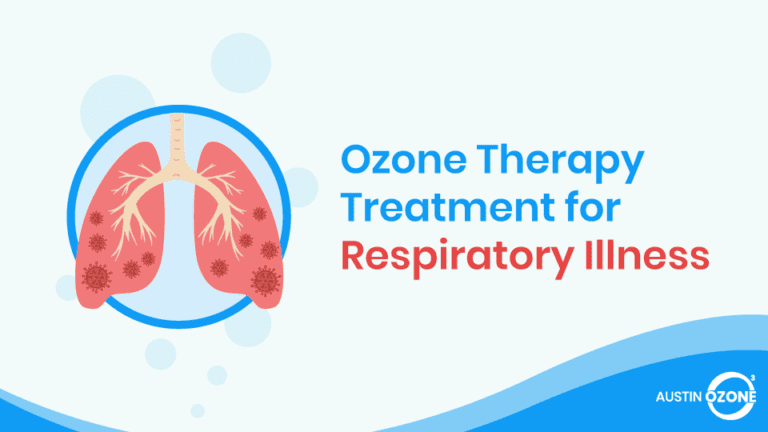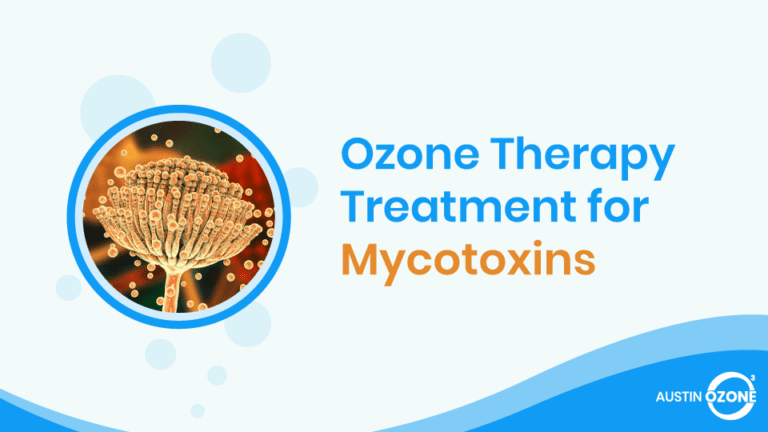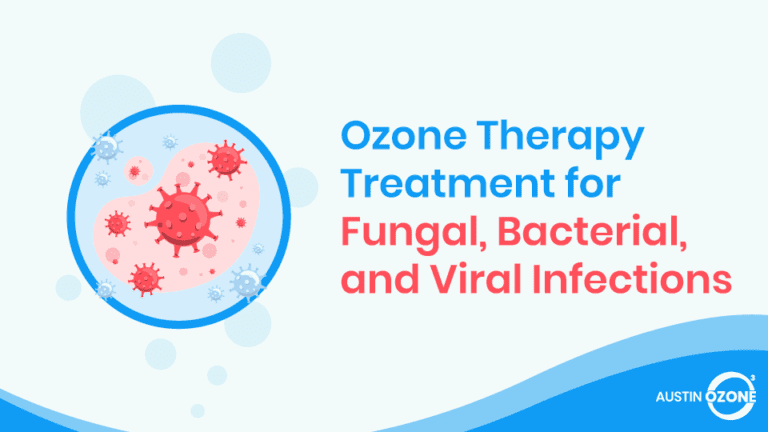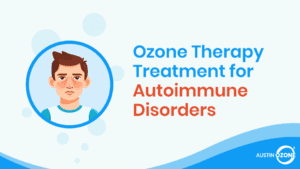Mold is a general term for many types of outdoor and indoor fungi. It has a negative connotation, as it can mean an unpleasant and fussy growth with a musty or damp smell. Moreover, it is often associated with adverse health effects that include infections and allergies.
Overview of Toxic Mold
Common indoor spore molds include Acremonium, Aspergillus, Cladosporum, Epicoccum, Stachybotrys, Penicillium, and Trichoderma.
What Is Toxic Mold?
Some studies claim that black mold is a probable cause of acute idiopathic pulmonary hemorrhage in infants, but further research and clinical studies are needed to verify this claim.
Who Is at Risk?
The good news is that relatively healthy people don’t have to worry much about mold exposure.
Family members who are exposed to mold don’t always exhibit the same symptoms. This is because the people at risk are those who have existing allergies and those who have weak immune systems. In addition, people with underlying lung concerns are advised to stay away from mold-infested areas, as they are more susceptible to fungal infections.
What Are the Symptoms of Toxic Mold Poisoning?
Although more research is needed on mold poisoning symptoms2, they include the following: headaches, changes in mood, aches and pains, memory loss, and nosebleeds.
People who have existing allergies report that exposure to mold triggers sinusitis, wheezing, watery eyes, runny nose, dry cough, sore throat, and skin rashes. Some even report shortness of breath as a symptom of toxic mold poisoning.
Black mold, in particular, is not associated with asthma but is said to cause irritation on the skin and airway paths of susceptible persons. Overall, the symptoms of toxic mold poisoning may vary, depending on the susceptibility of the individual to mold exposure and the type of mold present.
How Is Toxic Mold Poisoning Diagnosed?
Toxic mold poisoning is difficult to diagnose because the symptoms are too common and overlap with so many other conditions. Also, mold exposure is not enough to make a diagnosis, as not all molds are toxigenic.
A diagnostician would have to determine if the individual lives in an environment with mold problems or in highly humid / damp areas.
A more scientific method to determine toxic mold poisoning is to submit tissue cultures. This allows for the definitive identification of the organisms present. The disadvantage of this is the delay and cost of culturing tissues. There’s also the question of finding laboratories that are capable of testing such tissue cultures for the presence of toxic mold.
Presently, the best way to find out if you have toxic mold infestation is to have your homes inspected by an expert. This usually entails a visual inspection of the typical locations for mold growth, water damage, and more.
How Is Toxic Mold Poisoning Treated?
Aside from supportive treatment, there is no direct cure for toxic mold poisoning. In this case, prevention is better than cure. As much as possible, homeowners are encouraged to conduct a regular inspection of their homes for mold growth or conditions that can promote the development of such.
However, if you are already exhibiting symptoms, doctors will probably prescribe anti-allergens (e.g., antihistamines), decongestants, or nasal corticosteroids to manage them.
For a more long-term solution, immunotherapy is highly recommended. However, this type of treatment is suitable only for some types of mold allergies and might not work on mycotoxin-producing molds.
Schedule an Ozone Therapy Session Today!
Ozone Therapy for Toxic Mold Poisoning
Ozone is a gaseous molecule composed of three oxygen atoms. Although it is better known for its effects on blocking UV rays from the stratosphere, ozone is also used as an alternative medical treatment6 for various health afflictions such as chronic infections and as support treatment for wound healing.
In recent years, more studies have been conducted to support claims of ozone having a potent oxidation property to destroy bacteria, viruses, parasites, and fungi, including mold. While there are not many studies available, the ones that do exist have shown positive results on ozone’s capability to detoxify biological systems.
Medical ozone is produced by running pure oxygen through an ozone generator. There are different methods of administering ozone to the human body. However, the most common and popular method is through major autohemotherapy.
Ozone sauna therapy, which helps remove toxins through the person’s sweat. The heat from the sauna leads to hyperthermia, which effectively destroys fungi, including mycotoxin-producing mold.
Major autohemotherapy is the process of drawing a patient’s blood, ozonating it, and infusing it back into the patient’s body. Major autohemotherapy is said to be effective in treating chronic diseases and reducing the inflammation brought about by both bacterial and fungal infections.
Another is ozone sauna therapy, which helps remove toxins through the person’s sweat. The heat from the sauna leads to hyperthermia, which effectively destroys fungi, including mycotoxin-producing mold.
Benefits and Risks of Ozone Therapy
Aside from being a powerful disinfectant, ozone works by activating the immune system and the body’s antioxidant system, thereby strengthening its capability to fight off toxic mold.
Ozone is also target-specific, which means it targets mechanisms and chemical bonds in mycotoxins that help convert them into more harmless substances. Thus, ozone promotes cell regeneration and helps the body heal itself naturally.
However, patients should take note that the inhalation of ozone is considered dangerous, as it can irritate the lungs. To prevent this, patients are recommended to undergo ozone therapy only in certified clinics where trained professionals administer the procedure.
Summary
It is almost impossible to prevent mold exposure, as mold is everywhere. However, this shouldn’t be a source of concern as not all molds are toxigenic.
Molds can exist either indoors or outdoors, provided that the environment is damp and humid. Indoor molds pose as a health risk since inhaling them can lead to respiratory irritation and illnesses.
Healthy people are less likely to have adverse reactions with mold, while those with weak immune systems, have existing allergies, or are genetically predisposed to mold sensitivity are susceptible to developing mold allergies.
At the same time, it is also possible to develop an illness from toxic molds or molds that are capable of releasing toxic secondary metabolites called mycotoxins.
Ozone therapy offers a non-invasive way to disinfect and kill off pathogens right before they can start producing disease-causing toxins.
Toxic mold poisoning is hard to diagnose. As such, there is a call for more in-depth studies to determine the exact health hazards that it poses on humans.
Most diseases that are associated with toxic mold poisoning can also be blamed on bacterial infection and exposure to chemical allergens. In addition, the tests that can help determine whether you have toxic mold poisoning are costly and take time to provide results.
The best thing to do is to prevent toxic mold poisoning by killing off possible fungal growth in the body. Ozone therapy offers a non-invasive way to disinfect and kill off pathogens right before they can start producing disease-causing toxins.
Patients have the choice on the type of ozone therapy treatment they would want to undergo. The important thing is to choose a certified clinic and a trained expert to administer the procedure.
Schedule an Appointment Today
References
- Advanced Pain Spinal Management. (n.d.). Robin method direct intravenous. Retrieved from https://advancedspinalpainmgmt.com/procedures/ozone-div/
- Centers for Disease Control and Prevention. (2020, August 11). Basic facts about mold and dampness. Retrieved from https://www.cdc.gov/mold/faqs.htm
- Dave Asprey. (n.d.). Ozone therapy: What it is and how it works. Retrieved from https://daveasprey.com/ozone-therapy-benefits-safety/
- Naturopathic Medicine. (2020, March 11). The rise of chronic mold toxicity. Retrieved from https://livvnatural.com/the-rise-of-chronic-mold-toxicity/
- Poison Control. (n.d.). Mold 101: Effects on human health. Retrieved from https://www.poison.org/articles/2011-oct/mold-101-effects-on-human-health
- Vine Health Care. (n.d.). OZONE THERAPY – REACTIVATE YOUR BODY’S INNATE HEALING SYSTEM. Retrieved from https://www.vinehealthcare.com/services/ozone_therapy/
